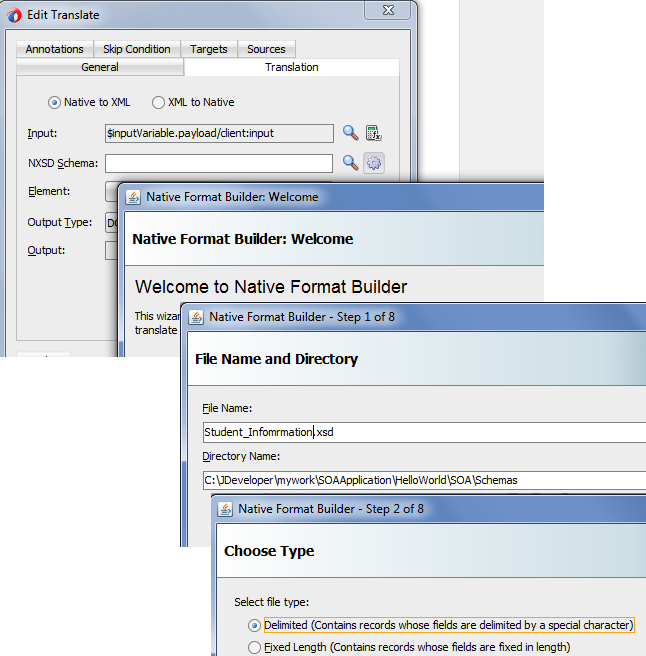I have a given column (CV that I want to test in a ANCOVA) in my data set which contains numbers similar to this “-,85351” and its structure is character by default. Now nothing has worked to convert this into numeric. It either got changed into NAs or a whole lot of different numbers. NOTE Do not ever use this statement to convert a character to a numeric: numvar = charvar. 1; SAS will convert it but you will have to deal the FUZZ factor and other potential problems in your data. If you want to know more about the FUZZ factor then consult a SAS.

How many times have you entered a phone number on a web page, only to be told that you did not type it the 'correct' form? I find that annoying. Don't you?
- SAS day-of-the-week and length-of-time calculations are accurate in the future to A.D. Various SAS language elements handle SAS date values: functions, formats, and informats. Is a value representing the number of seconds since midnight of the current day. SAS time values are between 0 and 86400.
- Create the Example Data Set Creating a Picture Format Creating a Format for Character Values Writing a Format for Dates Using a Standard SAS Format Converting Raw Character Data to Numeric Values Creating a Format from a Data Set Printing the Description of Informats and Formats Retrieving a Permanent Format Writing Ranges for Character Strings.
- The sentence case converter will allow you to paste any text you’d like, and it will automatically transform it to a fully formed structured sentence. It works by capitalizing the very first letter in each sentence, and will then go on to transform the rest of the text into lowercase as well as converting.
In my latest book, Cody's Data Cleaning Techniques, 3rd edition, I show how to convert a phone number in any form and convert it to a standard form. Because not everyone will buy and read this book (well, I could hope), I thought I would share this technique with you on this blog.
Let's start out with a small data set (Numbers) that contains standard 10 digit US phone numbers. You can run the DATA step yourself, if you wish to 'follow along.'
Sas Convert To Number
Yes, this looks like a mess. Look how easy it is to extract the digits from the number and, if you wish, convert the number into the common form, for example: (###)###-####.
The key to this program is the COMPRESS function with the two modifiers 'k' (keep) and 'd' (digits) as the third argument to the function. SAS added a third argument to the older COMPRESS function starting with SAS 9. This argument allows you to specify modifiers such as 'a' (all upper- and lowercase letters – alpha), 'd' (all digits), and 'k' (keep the specified characters and remove everything else). The variable Digits is a character variable that contains only the digits in the variable Phone (see listing below). To create the variable Standard, you concatenate all the components necessary to create the required standard form. The CATS function concatenates all of its arguments after first stripping leading and trailing blanks. You could have used the standard || or !! to perform this operation but I like to show off some of the great SAS functions. By the way, be sure to specify the length of the variable Standard, because if you don't, the default length for the result of any of the CATS function is 200.


Convert Text To Number In Sas
Here is a listing of data set Convert:
Keep the COMPRESS function in mind when you encounter problems similar to this one.
